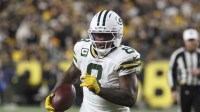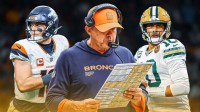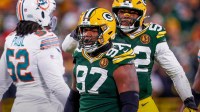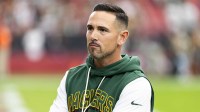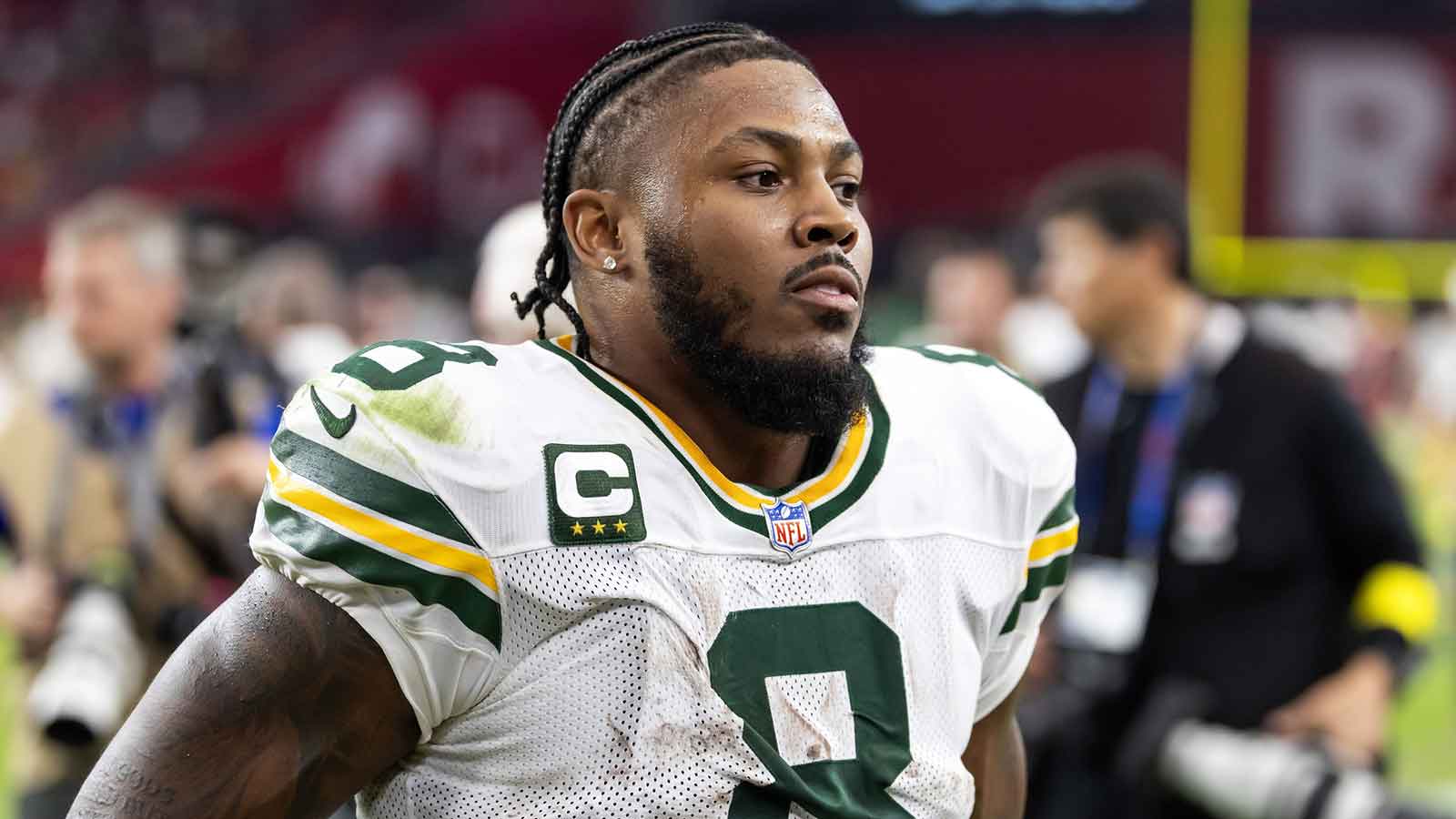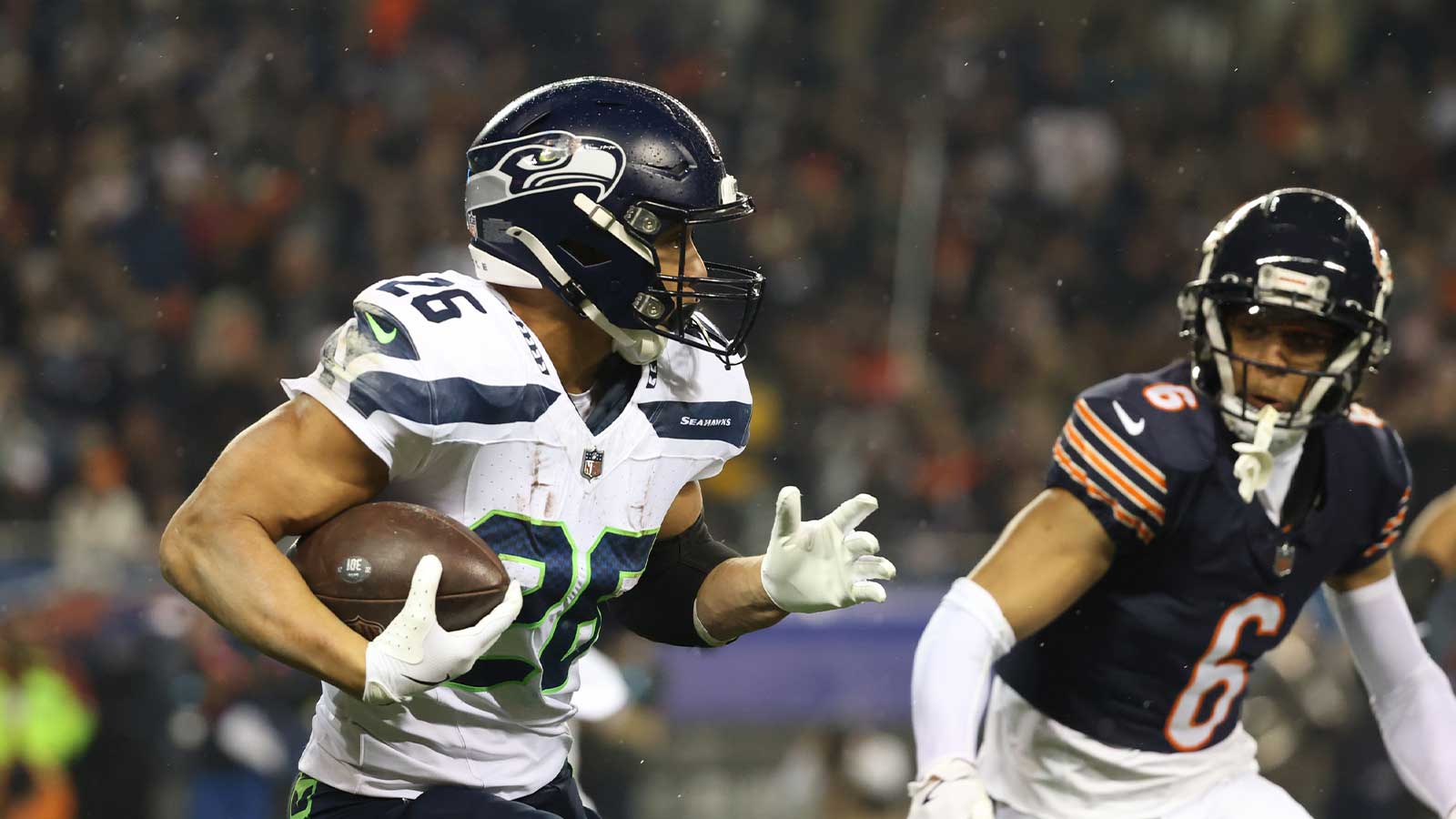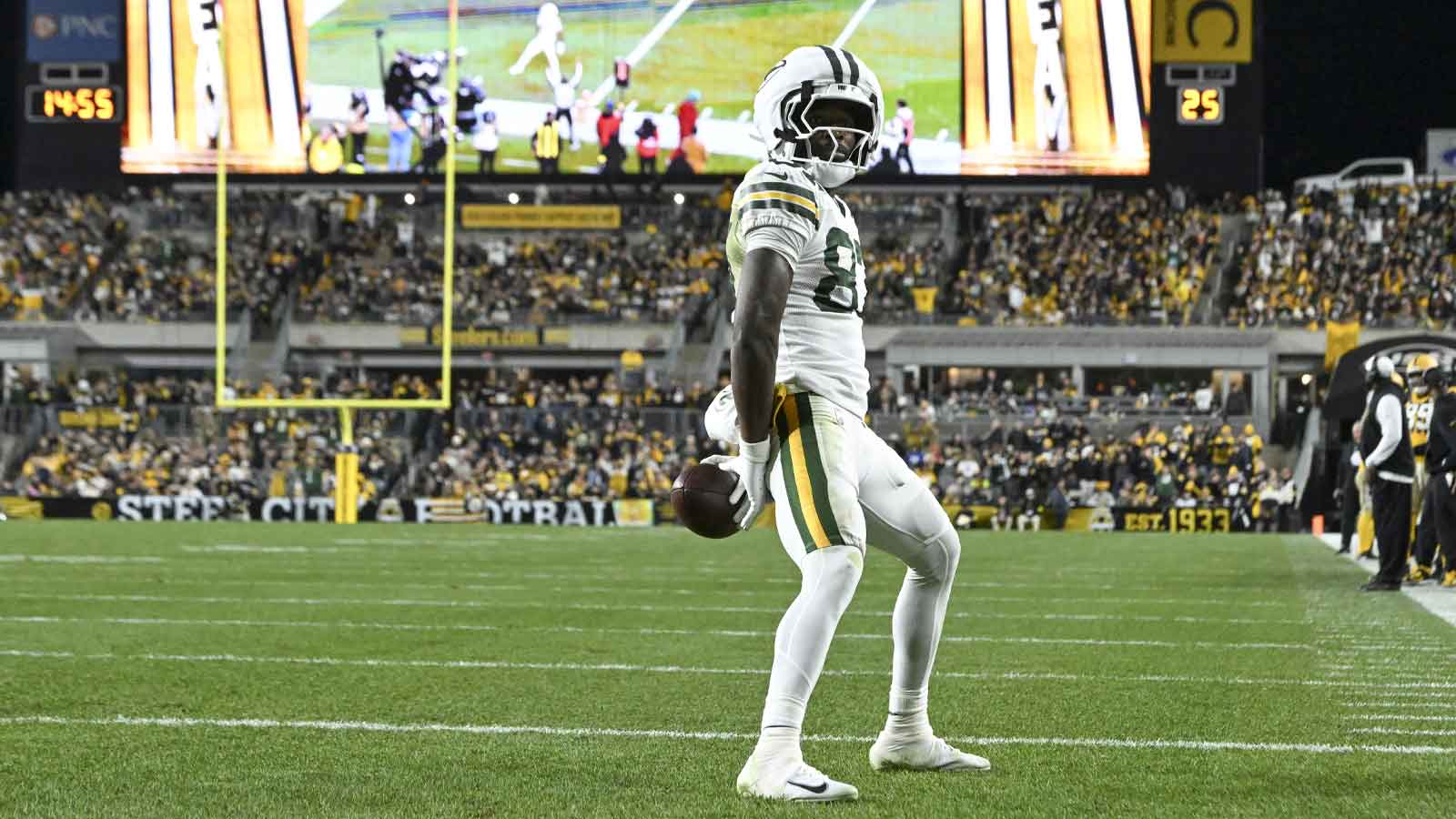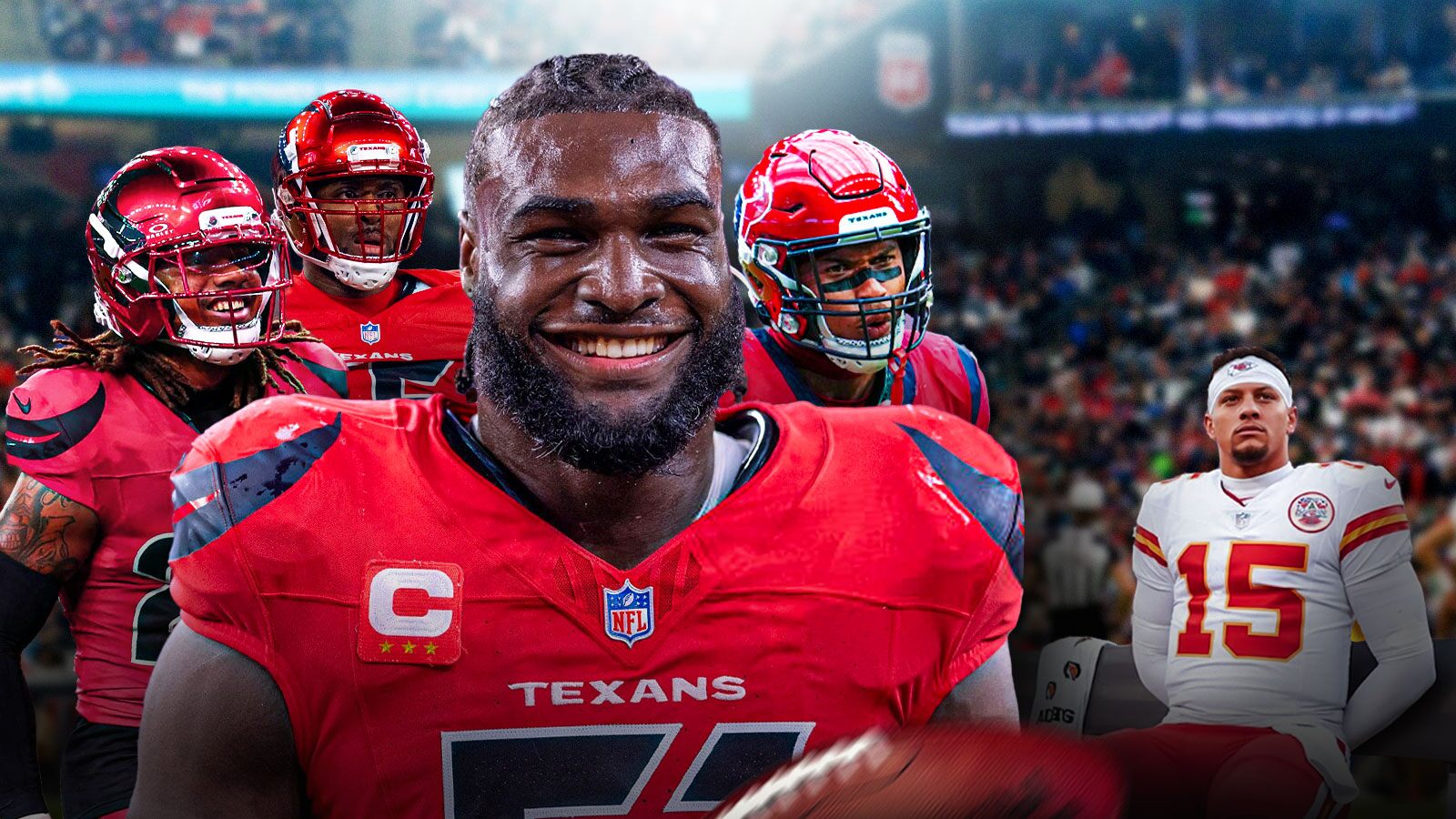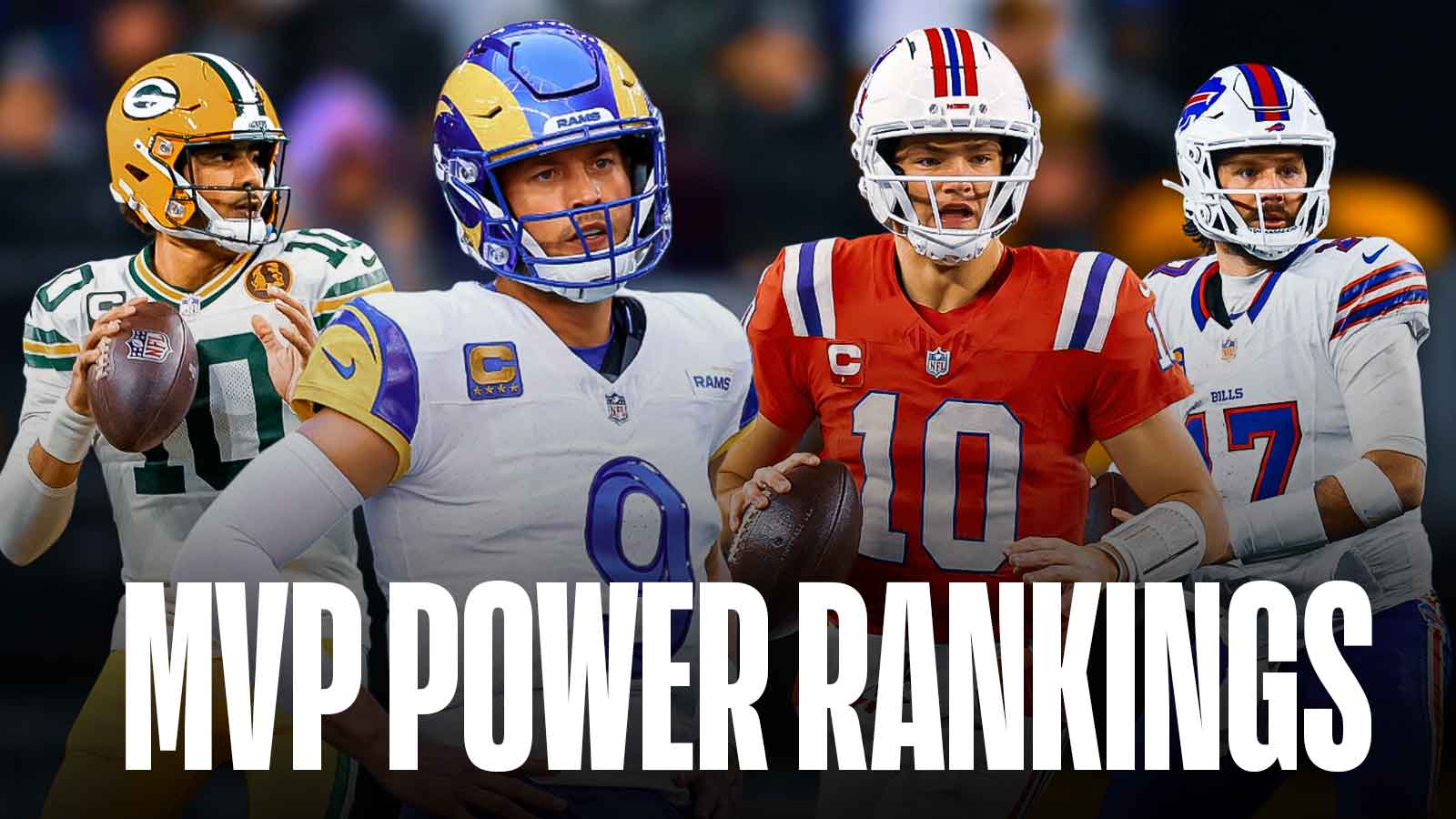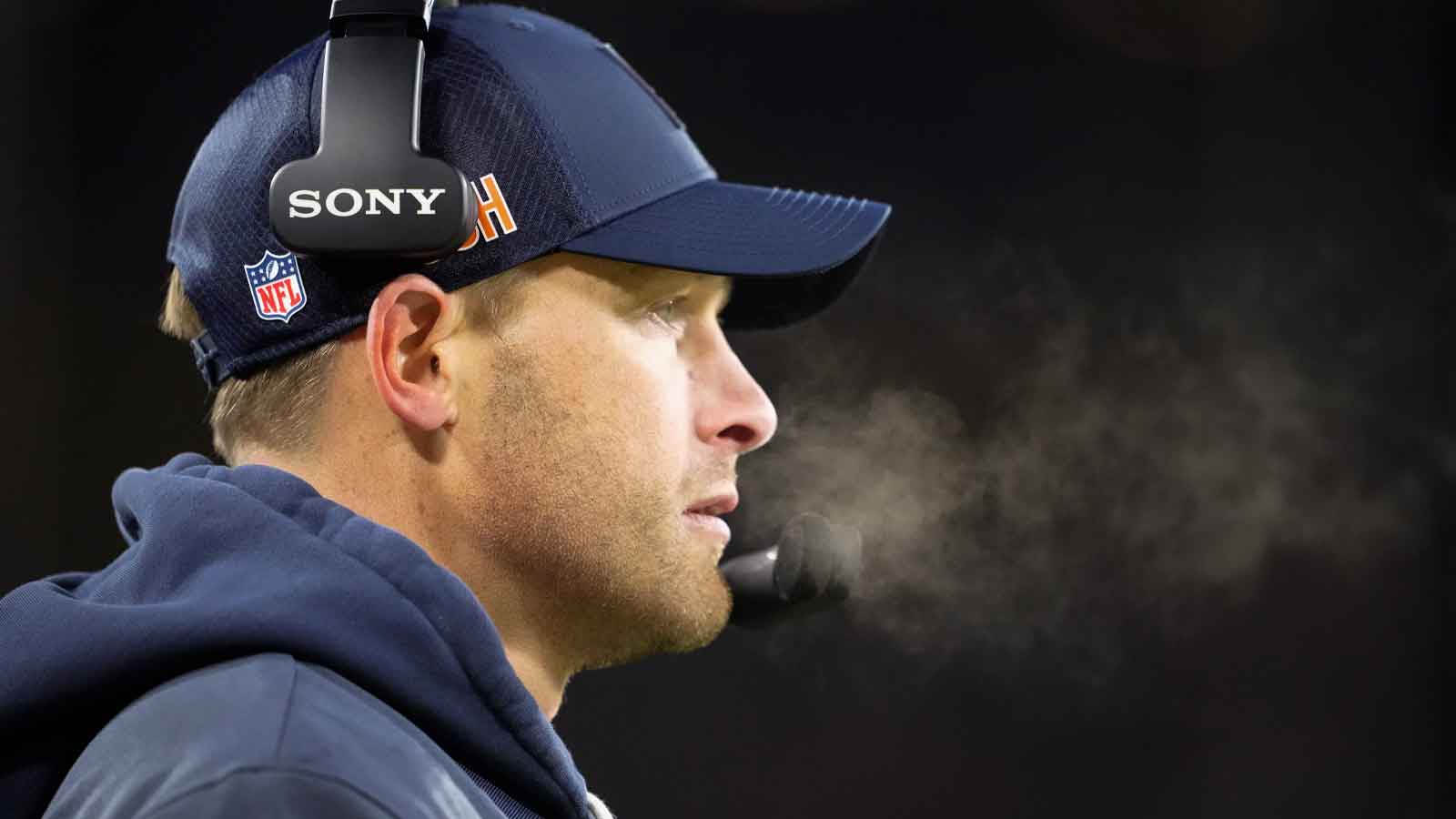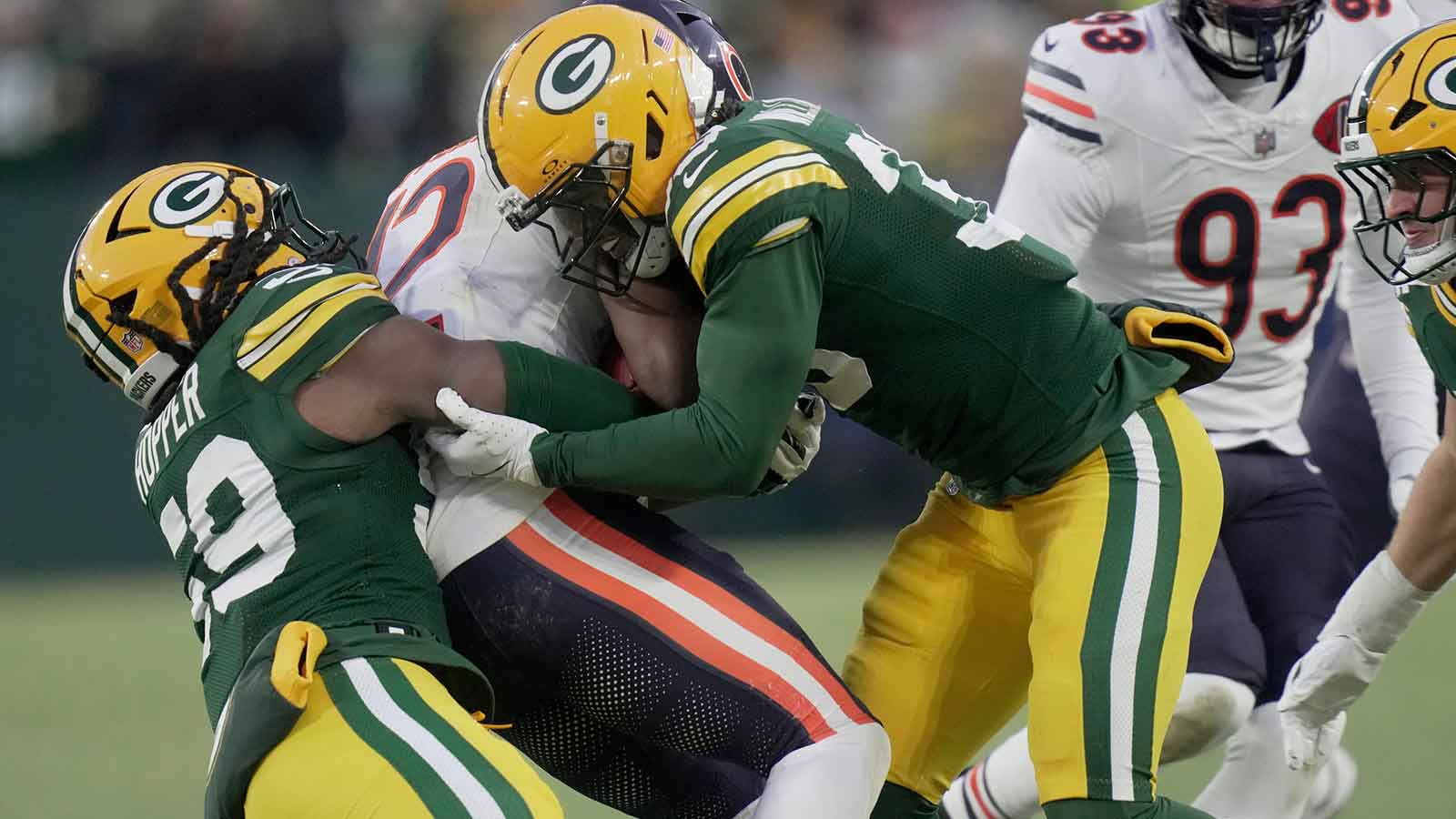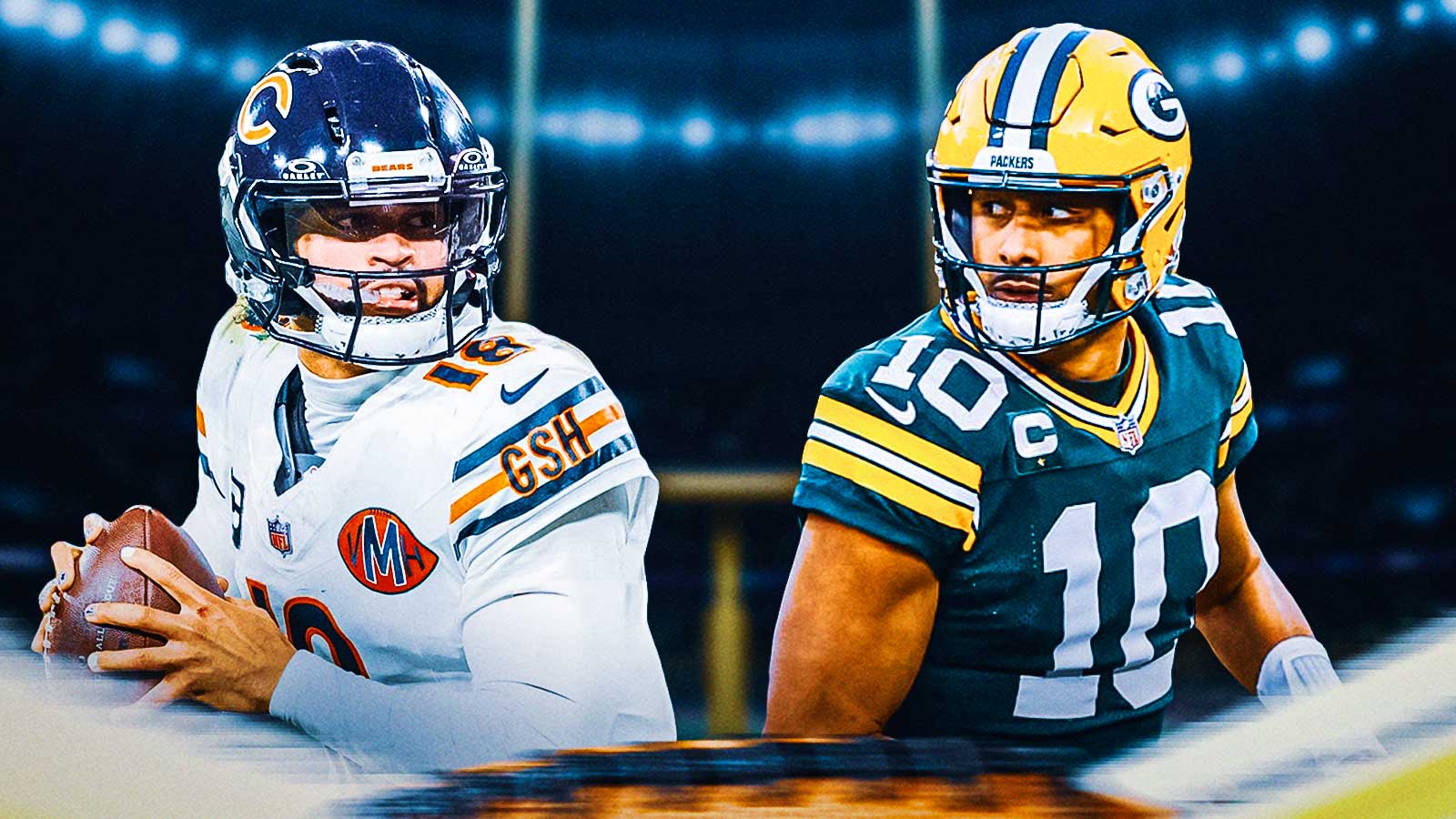The Green Bay Packers are historically one of the NFL’s most stable franchises. They are known for their consistency, deep-rooted fanbase, and methodical approach to roster-building. Sure, they’ve often let bigger-market teams steal offseason headlines. However, the Packers have quietly developed some of the league’s most explosive young talent. As the 2025 NFL season approaches, Green Bay’s success may hinge not just on its known stars, but on the unexpected emergence of overlooked contributors. A pair of sleepers—one on each side of the ball—could hold the key to turning a questionable offseason into a surprisingly productive campaign.
Uninspiring Offseason
We did not exactly love the Packers’ offseason. The team did not get much better. Nate Hobbs and Aaron Banks were interesting free-agent signings. Both were overpaid on the open market. Banks brings depth and experience to the offensive line, but neither feels like a needle-mover. Wide receiver Matthew Golden was an excellent draft selection with big-play upside and polish that should translate quickly. That said, the jury’s still out on how second-round offensive tackle Anthony Belton and third-round receiver Savion Williams will fit into the team’s scheme and depth chart. If either proves to be a long-term contributor, this offseason could be considered a success. Still, there’s no guarantee of immediate impact beyond Golden.
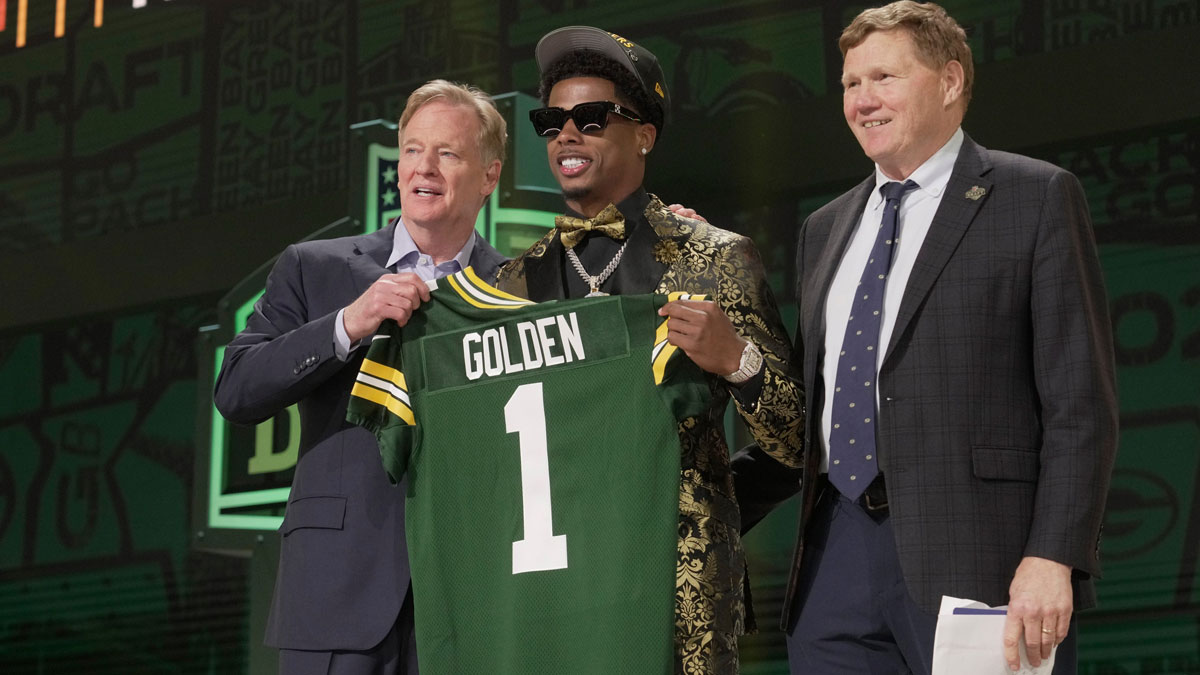
That’s why the 2025 offseason might end up being more about a long-term vision than short-term gains. For a team that made the Divisional Round last year and pushed the NFC’s elite to the brink, that’s a risky bet. If the Packers are going to take another step forward this season, they’ll need some homegrown talent to rise up and meet the moment. That’s where a few under-the-radar names come in.
Here we'll try to look at the Green Bay Packers veteran players whose roles will be pushed by rookies in the 2025 NFL season.
1. Route Technician Ready to Evolve
Dontayvion Wicks’ sophomore campaign was a paradox. He showed dazzling separation but also frustrating inconsistency. According to Pro Football Focus, Wicks finished second among all receivers in separation rate, beating coverage on an astounding 75 percent of his routes. That number suggests elite-level route running. Yet Wicks’ hands betrayed him all too often. He posted an 18 percent drop rate. That was the worst among all qualified receivers in 2024. That’s not just bad—it’s job-jeopardizing.
Still, the Packers appear willing to be patient with Wicks, and for good reason. He’s a technician who regularly gets open. That alone earns respect in an offense that’s increasingly predicated on timing and precision. If Wicks can even modestly improve his catch-point reliability, he’ll give Jordan Love a lethal secondary option. This is especially true with defenses focused on Christian Watson, Romeo Doubs, and Golden.
There’s also an opportunity for Wicks to cement a larger role. Golden’s expected to contribute immediately, but Williams is raw and inconsistent. If Wicks cleans up his drops, there’s a legitimate path to 700–800 yards and five or six touchdowns. That’s breakout potential.
Perhaps more importantly, Wicks has the chance to shift the narrative. His drop rate, while problematic, is fixable. A third-year leap isn’t just possible—it’s likely, especially with his elite ability to get open already in place. If he stays healthy and puts in the work, Wicks could become one of the better WR3s in the NFC.
2. A Steep Learning Curve May Finally Pay Off
Packers fans were understandably excited when Green Bay double-dipped at safety in the 2024 draft. But by the end of the season, fourth-rounder Evan Williams appeared to have outplayed second-rounder Javon Bullard. On paper, the gap was wide. Williams allowed a passer rating of just 77.8 when targeted. Meanwhile, Bullard gave up a staggering 120.6.
However, that surface-level comparison leaves out crucial context. Bullard was asked to play multiple roles—slot corner, box safety, and deep safety—all while adjusting to the speed and complexity of NFL offenses. That’s an enormous task for any rookie. It’s no surprise he looked overextended at times. Still, that trial by fire could pay dividends in 2025. With more defined responsibilities and another offseason to digest the playbook, Bullard is positioned to make a significant Year 2 leap.
What Bullard brings to the table is versatility and physicality. He plays downhill with confidence and flashes the range to track the ball in space. Bullard has the traits to thrive—if he’s not asked to do too much, too soon.
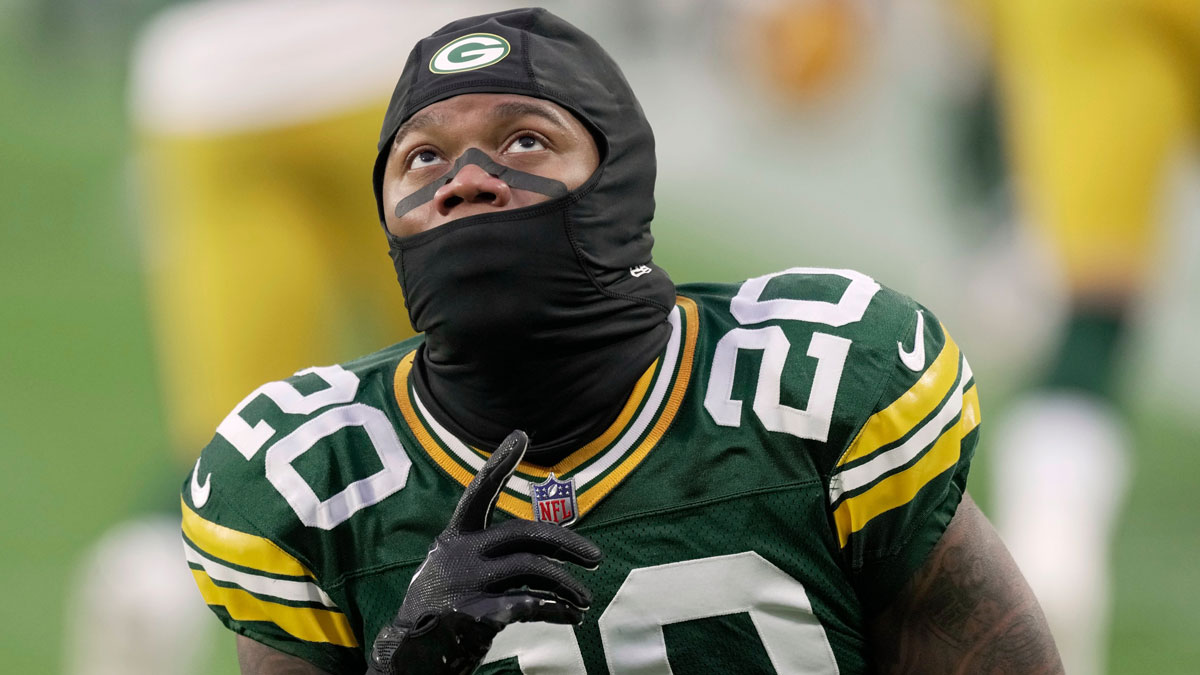
Expect the Packers to refine his role and put him in better positions to succeed. He’s unlikely to be a full-time deep safety. That said, he could excel as a rotational chess piece who takes over a bigger share of the snaps as the year progresses. And if injuries hit the secondary Bullard’s experience in multiple alignments could prove invaluable. Don’t be surprised if he logs a couple of impact games this season that force the coaching staff to reconsider his usage permanently.
The Sleepers That Could Define Green Bay’s Ceiling
The Packers didn’t make headlines this offseason. They probably didn’t get markedly better on paper. But that doesn’t mean they’re standing still. Dontayvion Wicks and Javon Bullard aren’t household names—yet—but they have the tools, the opportunity, and the coaching support to evolve into key contributors. If Green Bay gets even modest breakouts from these two, it could be enough to offset the lack of splashy signings and turn this quiet offseason into a smart, strategic step forward.
With a competitive NFC and playoff aspirations on the line, the Packers don’t just need their stars to shine—they need their sleepers to wake up.


